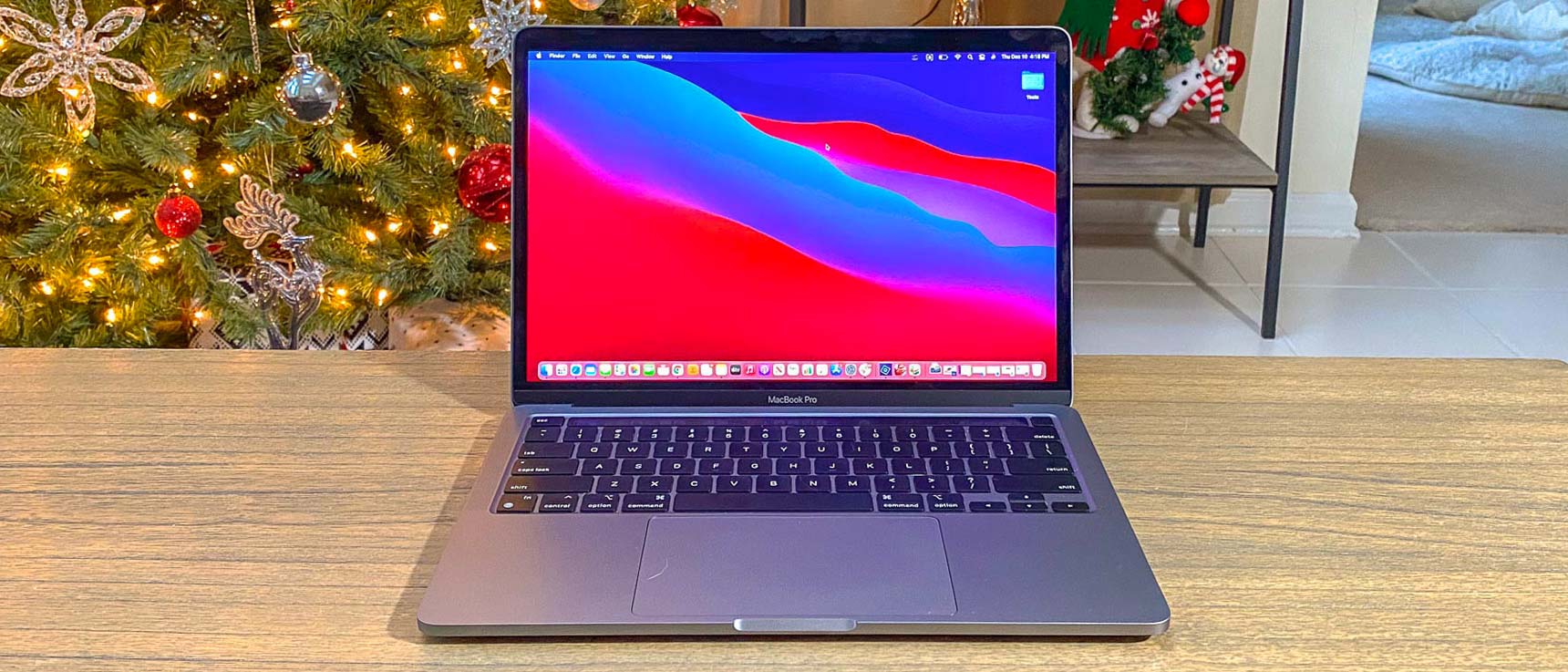Introduction to Force Quitting on Mac
When your computer freezes or an application refuses to respond, knowing how to force quit on Mac becomes one of the most valuable skills you can have. Many users search for how to force quit on Mac because it is a quick way to regain control of the system without restarting the whole machine. The process of how to force quit on Mac is simple, yet powerful, allowing you to close stuck applications and continue your work smoothly. Whether you are a beginner or an advanced user, understanding how to force quit on Mac ensures you avoid frustration when apps suddenly stop working. Learning how to force quit on Mac is not just about fixing problems; it is also about increasing productivity by quickly dealing with unresponsive software. Some people worry that how to force quit on Mac might damage their files, but when used correctly, it is safe and effective. The KnowToMac tutorial on how to force quit on Mac provides clear steps and methods that anyone can follow. For example, if you are working on a document and an app freezes, knowing how to force quit on Mac will help you close it without shutting down everything else. This makes how to force quit on Mac one of the most important shortcuts to learn. By the end of this guide, you’ll understand how to force quit on Mac with different techniques, ensuring that you are always in control of your computer.
Why You Need to Know How to Force Quit
There are many situations where learning how to force quit on Mac becomes necessary. Applications may freeze due to memory overload, software bugs, or compatibility issues. Without knowing how to force quit on Mac, you might be stuck waiting endlessly or even forced to restart the system. This wastes time and can lead to lost progress. Understanding how to force quit on Mac means you can handle these interruptions quickly. For professionals, this knowledge is especially valuable, since deadlines and meetings don’t allow time to wait for apps to recover on their own. Students also benefit from learning how to force quit on Mac, particularly when working on assignments or research projects. Instead of panicking, applying how to force quit on Mac gives you confidence and control.
Different Methods of Force Quitting
The beauty of knowing how to force quit on Mac is that there are multiple methods available, depending on your situation. The simplest way is to use the keyboard shortcut Command + Option + Escape, which opens the Force Quit Applications window. This is the most direct way to apply how to force quit on Mac, and it works instantly. Another method is to click on the Apple logo in the top left corner and select “Force Quit” from the menu. For those who prefer using the Dock, right-clicking the app icon and choosing “Force Quit” is another easy solution. Advanced users who want even more control can open Activity Monitor, find the problematic application, and press “Quit Process.” This shows that how to force quit on Mac can be done in different ways depending on personal preference.
Tips for Using Force Quit Safely
Although learning how to force quit on Mac is essential, it should be used wisely. Force quitting should only be applied when the application is truly unresponsive. If possible, try to save your work before using any method of how to force quit on Mac, since unsaved data might be lost. Another useful tip is to observe which apps frequently freeze. If you find yourself using how to force quit on Mac repeatedly on the same app, it might be time to update the software or check for compatibility issues. Using how to force quit on Mac as a temporary solution is fine, but long-term fixes often require addressing the root cause of the problem.
Advanced Force Quit Options
For power users, the Activity Monitor offers deeper control beyond the basic how to force quit on Mac shortcuts. Activity Monitor allows you to see how much CPU, memory, and energy each application is using. This means that how to force quit on Mac can be combined with system monitoring for more effective troubleshooting. If an app is consuming too many resources, you can close it before it crashes the system. Understanding this advanced method of how to force quit on Mac turns you from a casual user into a Mac pro.
Common Problems and Troubleshooting
Sometimes, even after applying how to force quit on Mac, problems may continue. If the entire system freezes and none of the shortcuts work, holding down the power button may be the only option. This is a last resort, but it’s important to remember when other methods of how to force quit on Mac fail. Additionally, if you notice repeated crashes, checking for macOS updates can prevent future issues. Many times, outdated software causes users to rely on how to force quit on Mac too often. Troubleshooting these issues ensures a smoother computing experience.
Conclusion: Mastering Force Quit with KnowToMac
Mastering how to force quit on Mac is not just about solving small problems—it’s about gaining full control of your computer. With multiple methods available, you’ll never be stuck waiting for a frozen app again. The KnowToMac tutorial shows that once you understand how to force quit on Mac, you can save time, protect your workflow, and stay productive. Whether through keyboard shortcuts, the Apple menu, the Dock, or Activity Monitor, how to force quit on Mac provides flexibility and efficiency. By practicing regularly, you’ll develop confidence in handling unresponsive apps. From beginners to advanced users, everyone benefits from knowing how to force quit on Mac, and with this guide, you’re now equipped to handle any frozen application like a true pro.
